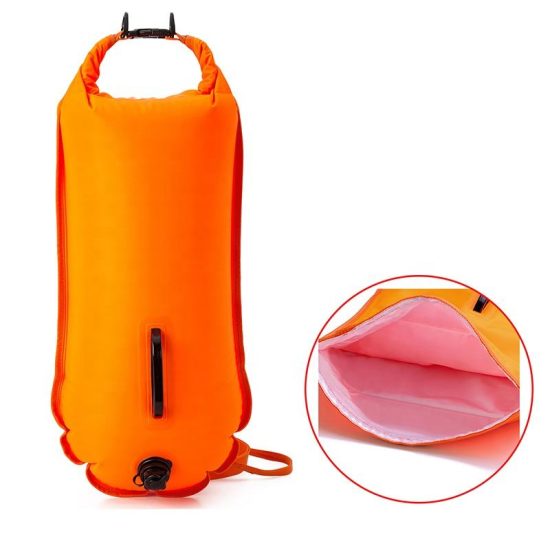- Breathing Technique: Proper breathing is essential in swimming for maintaining a rhythmic and efficient stroke. Bubbling may refer to controlled exhalation while the face is submerged, creating bubbles. Mastering the basics of breathing helps swimmers avoid breathlessness and promotes relaxation in the water.
- Buoyancy Control: Understanding how to achieve and maintain buoyancy is fundamental to swimming. Proper buoyancy reduces drag and allows for smoother movement through the water. Swimmers may use bubbles to aid in buoyancy control, especially during the exhale phase of breathing.
- Relaxation and Mindfulness: The term “swim serenity” suggests a calm and peaceful state while in the water. Basic techniques for relaxation and mindfulness can enhance the overall swimming experience. Focusing on breath, being aware of body position, and staying present in the moment contribute to a serene swim.
- Safety: Basics may also include water safety considerations. Knowing how to handle potential challenges, understanding swimming strokes, and being aware of one’s abilities are crucial aspects of a safe and serene swimming experience.
If you’re looking to enhance your swimming experience by focusing on “bubble basics,” consider consulting with a swimming instructor or coach. They can provide personalized guidance, feedback, and tips tailored to your skill level and goals, ultimately contributing to a more serene and enjoyable time in the water.




